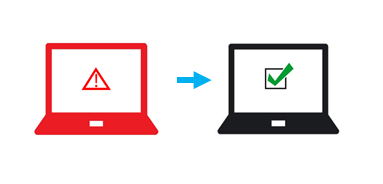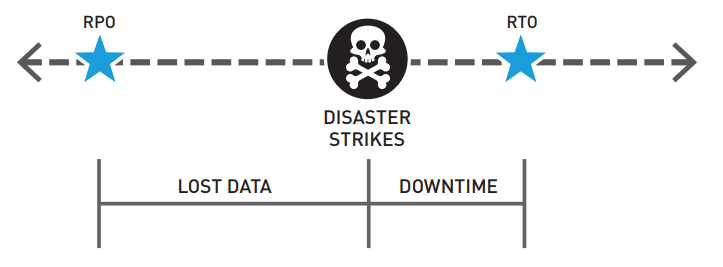ECQ Success Stories: CT Link Services Remotely Restores Client’s Web Services

Disruption to your business can happen without any notice. This was felt by everyone when the enhanced community quarantine (ECQ) was suddenly implemented last March 2020. Companies were forced to adopt a Work From Home program where servers are expected to be always available even when unattended. Client Challenge A couple of days into the […]
Finance: Adding Business Continuity to your Bottom Line to Help Data Resiliency
Financial firms have the task of making sure that their clients are making the most of their fiscal decisions. From services such as accounting, hedge fund management, and stock investments, your clients put their trust in you to handle their funds and ensure confidentiality. Once that trust is gone, you will most likely lose that […]
Cloud Backup vs. BCDR: The Difference Between the Two Data Protection Strategies
When discussing whether business’ have a business continuity and disaster recovery (BCDR) in place, many would say that they have some in place but really only have Cloud Backup in place. So, what is the difference between the two? Cloud backup, simply put, is backing up your data to a remote cloud-based server which is […]
Data Protection: Comparing Business Data Backup and Business Continuity

Data has always been the key factor in ensuring that business operations are always running. Once the data is lost however, it may cost you even more than just the lost of that day’s business operations. As per the Aberdeen Group, a business that experiences downtime loses on average about $164,000 per hour of downtime. One […]
